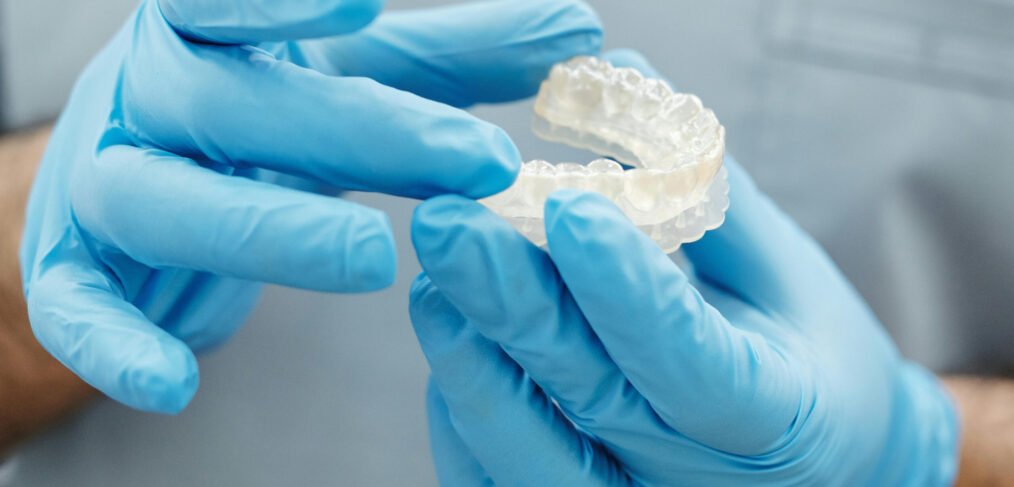
In the world of orthodontics, one common query that frequently surfaces is whether orthodontic treatments, including traditional braces and Invisalign, are covered by insurance. The answer to this question can be complex and is contingent upon various factors. This article aims to delve deeper into the realm of insurance coverage for orthodontic treatments, providing insights into the coverage options available for both traditional braces and Invisalign, along with tips for maximizing insurance benefits.
Understanding Insurance Coverage for Orthodontic Treatments
Understanding Insurance Coverage for Orthodontic Treatments
- Dental Insurance Plans and Orthodontic Coverage: Dental insurance plans often classify orthodontic treatment as a separate benefit from routine dental care. While some plans may offer coverage for a portion of the cost of orthodontic treatments, others may not cover them at all. It is crucial to review your insurance policy or consult with your insurance provider to understand the specifics of your coverage.
- Types of Orthodontic Treatments Covered: Insurance coverage for orthodontic treatments typically extends to both traditional braces and clear aligner systems like Invisalign. However, coverage details can vary based on the specific plan and its terms and conditions.
- Factors Influencing Insurance Coverage: Several factors can influence insurance coverage for orthodontic treatments, including the type of treatment, the age of the patient, and any pre-existing conditions. Some insurance plans may have age limits for coverage or require pre-authorization before starting treatment.
- Cost Considerations: The cost of orthodontic treatments can vary based on several factors, including the type of treatment, the duration of treatment, and the orthodontist’s fees. Insurance coverage, if available, can help offset some of these costs.
- Orthodontic Evaluation and Treatment Plan: Before undergoing orthodontic treatment, it is essential to undergo a thorough evaluation by an orthodontist. This evaluation will help determine the type of treatment needed and the estimated cost, which can then be used to inquire about insurance coverage.
- Maximizing Insurance Benefits: To maximize insurance benefits for orthodontic treatments, consider the following tips:
- Review your insurance policy to understand coverage limits and requirements.
- Choose an orthodontist who participates in your insurance plan to maximize coverage.
- Maintain good oral hygiene and attend regular dental check-ups, as this can impact the success of orthodontic treatment.
- Alternative Financing Options: If insurance coverage is limited or unavailable, there are alternative financing options available, such as flexible spending accounts (FSAs) or health savings accounts (HSAs), which can help offset the cost of orthodontic treatments.

Invisalign Treatment: A Clear Alternative to Traditional Braces
- Overview of Invisalign: Invisalign is a popular clear aligner system that offers a discreet and convenient alternative to traditional braces. It uses a series of clear, removable aligners to gradually move teeth into the desired position.
- Insurance Coverage for Invisalign: Many dental insurance plans that cover orthodontic treatments may also cover Invisalign, but coverage details can vary. Some plans may cover a portion of the cost of Invisalign treatment, while others may not cover it at all.
- Factors Influencing Coverage for Invisalign: Similar to traditional braces, insurance coverage for Invisalign can be influenced by factors such as the type of plan, age limits, and pre-authorization requirements.
- Cost Considerations for Invisalign: The cost of Invisalign treatment can vary based on the complexity of the case and the length of treatment. Insurance coverage, if available, can help offset some of these costs.
- Maximizing Insurance Benefits for Invisalign: To maximize insurance benefits for Invisalign treatment, follow the same tips mentioned earlier for maximizing insurance benefits for orthodontic treatments in general.
Conclusion
In conclusion, the coverage of orthodontic treatments, including traditional braces and Invisalign, by insurance plans can vary significantly. By understanding your insurance coverage, exploring alternative financing options, and working closely with your orthodontist, you can make informed decisions about your orthodontic treatment and achieve the smile you desire. Whether you opt for traditional braces or Invisalign, it is important to weigh your options carefully and choose the treatment that best suits your needs and budget.
In conclusion, the coverage of orthodontic treatments, including traditional braces and Invisalign, by insurance plans can vary significantly. By understanding your insurance coverage, exploring alternative financing options, and working closely with your orthodontist, you can make informed decisions about your orthodontic treatment and achieve the smile you desire. Whether you opt for traditional braces or Invisalign, it is important to weigh your options carefully and choose the treatment that best suits your needs and budget.

